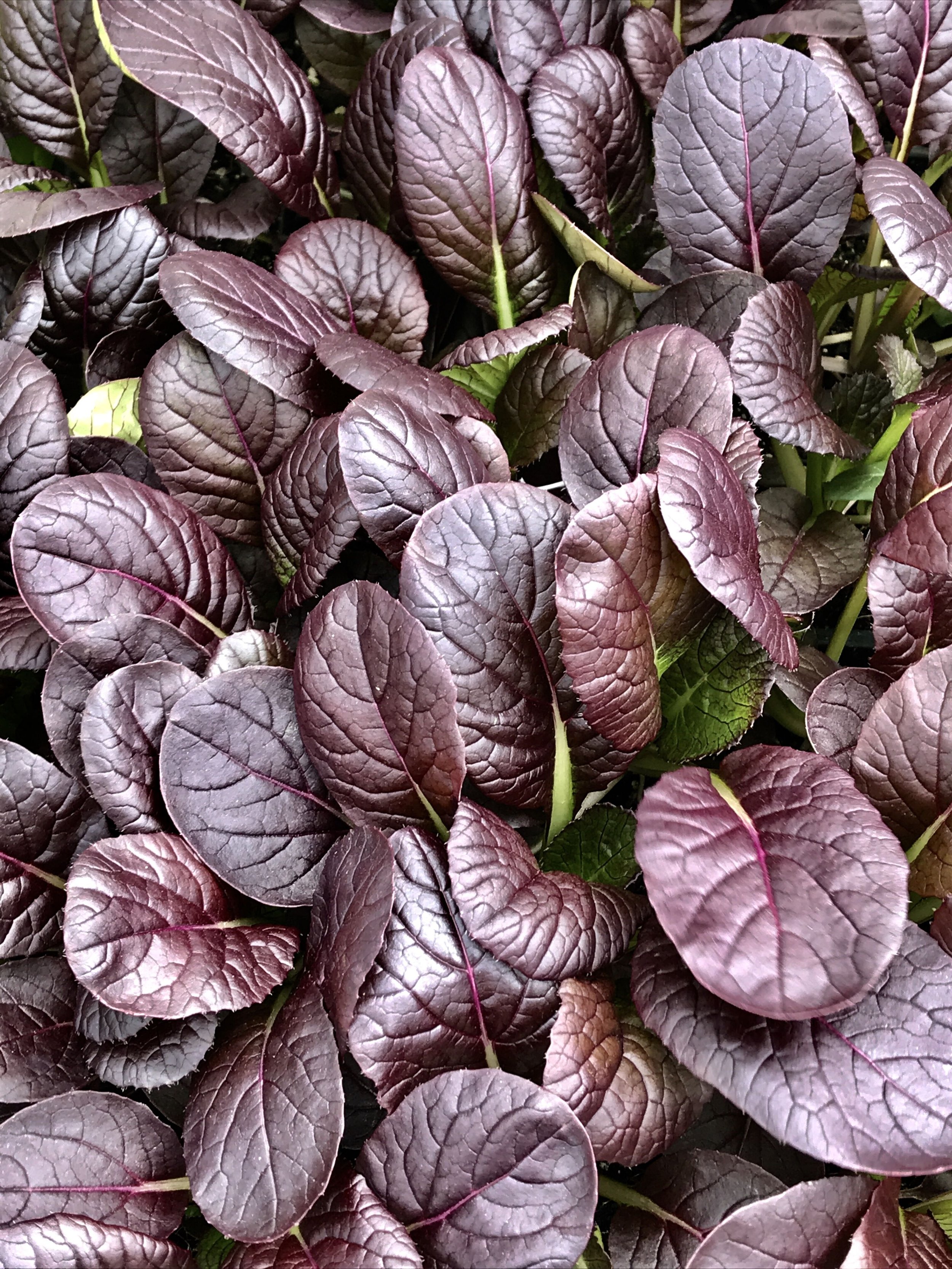VINEYARD GARDENS
SEED PROJECT
Believe it or not, spring is just around the corner! At our in-house growing facility, seedlings are beginning to emerge, and a new season is taking shape. The anticipation is palpable as we prepare for another year of vibrant growth.
A Botanical Haven on Martha’s Vineyard
Vineyard Gardens Nursery, located in West Tisbury, is a five-acre botanical paradise featuring ten thriving greenhouses. Established over 30 years ago with just a single greenhouse, it has grown into an island staple—a flourishing nursery and landscaping hub.
Rooted in deep horticultural expertise, Chris and Chuck Wiley, along with their two sons Alan and Andrew, have nurtured what began as a modest landscaping company into a full-scale plant production center. Their passion for growing healthy, hardy plants has driven them to cultivate many plants from seed, ensuring the highest quality for their customers.
From Seed to Sprout: The Magic Behind the Scenes
To support this in-house production, the Wileys developed VG2, a dedicated five-acre growing site. Equipped with both indoor and outdoor growing spaces, it features four expansive 100-foot greenhouses. One of these is specially designed for seed germination, where temperature, humidity, and automated mist-watering systems create the perfect environment for new life to take root. This is where the majority of our vegetables, herbs, annuals, and perennials begin their journey.
“The range of plants we germinate at VG2 is extensive,” Chris explains. “We start a few hundred varieties, mostly annuals, but we always seed a dozen or more perennials, trees, and shrubs as well. The biggest challenge is timing—having crops ready at the right moment and in the right quantities. Sometimes we overproduce, but more often, we sell out quickly!” Thanks to this dedicated production site, Vineyard Gardens Nursery remains stocked with beautiful, healthy plants all season long.


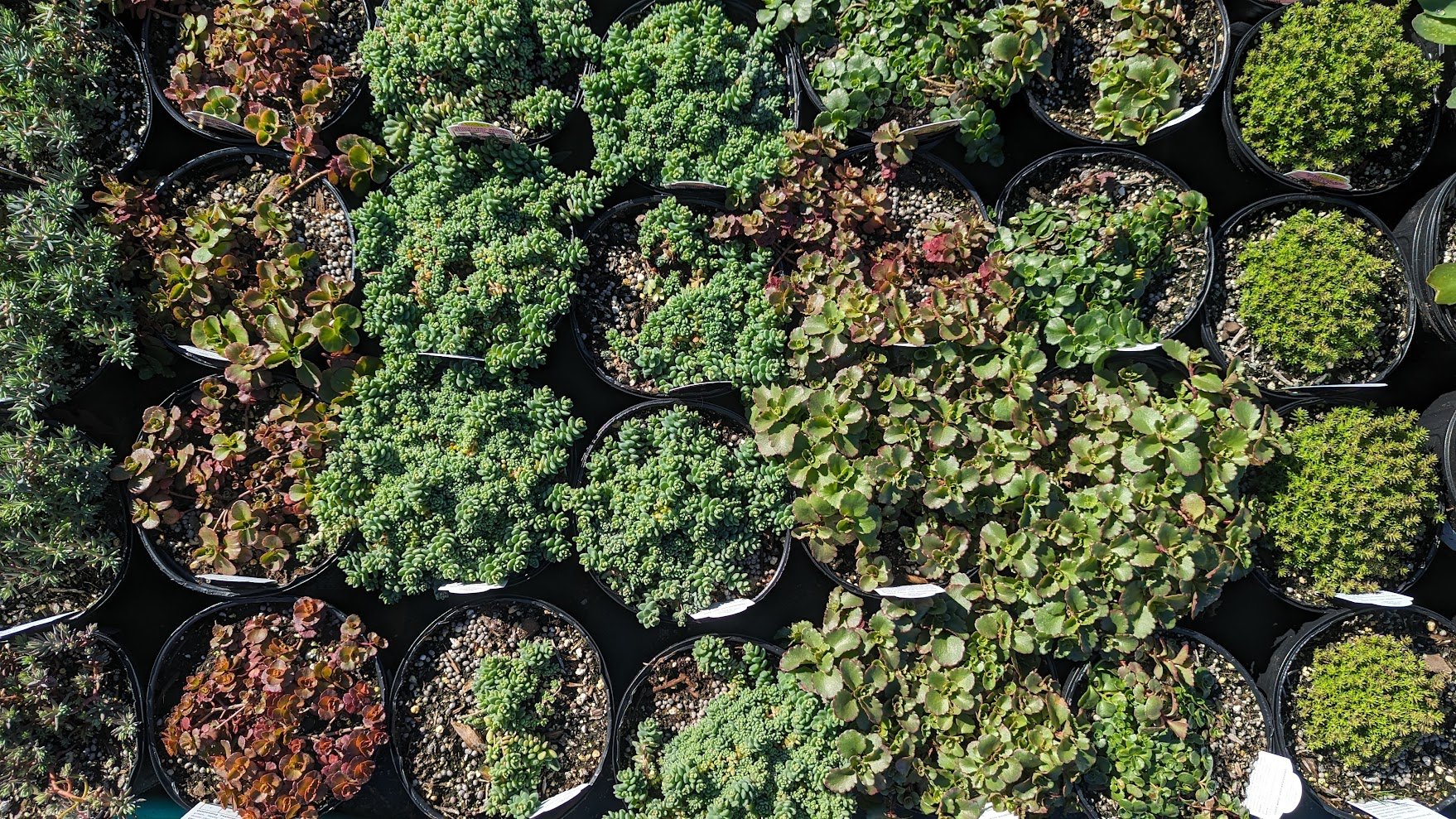

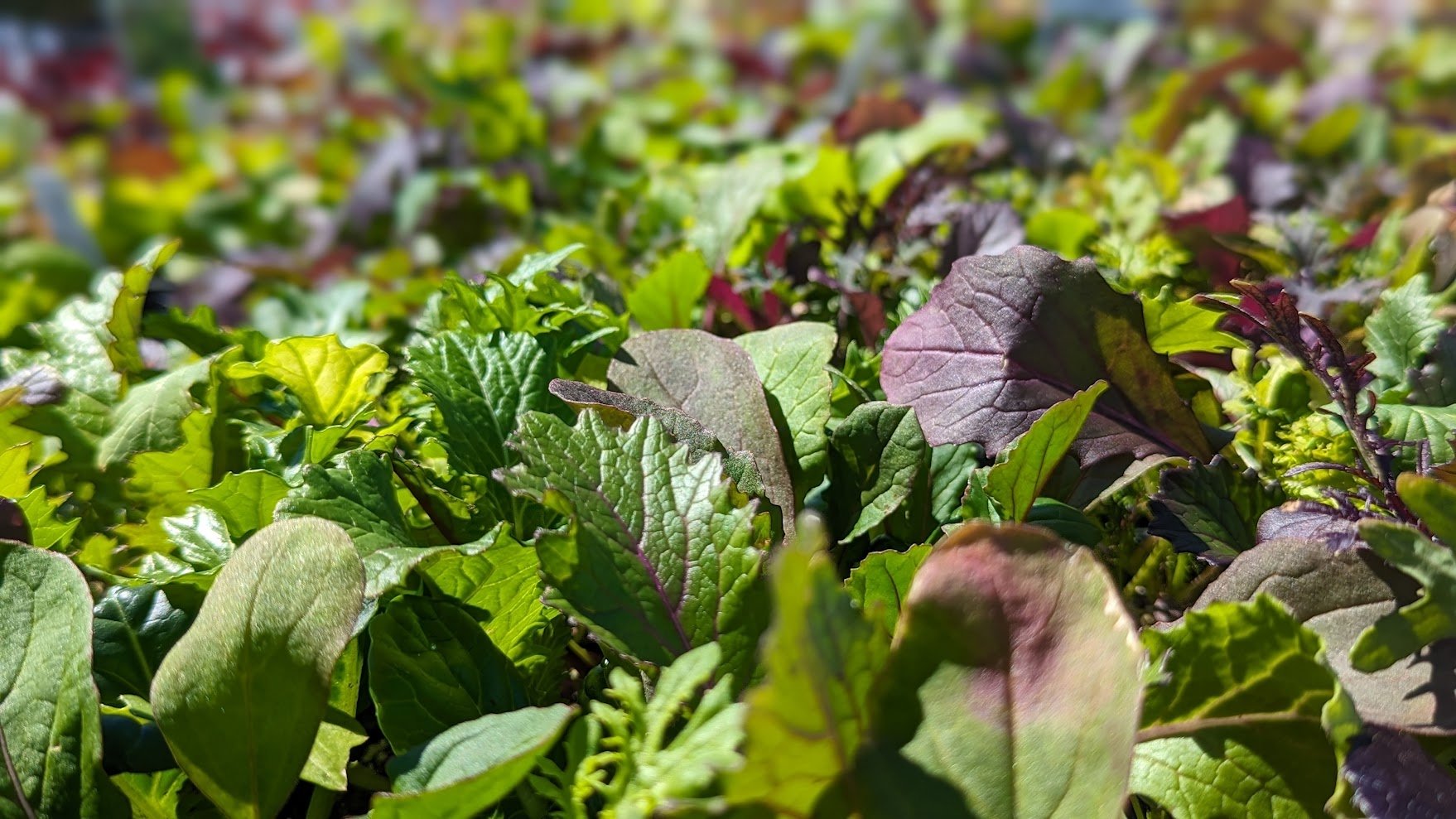
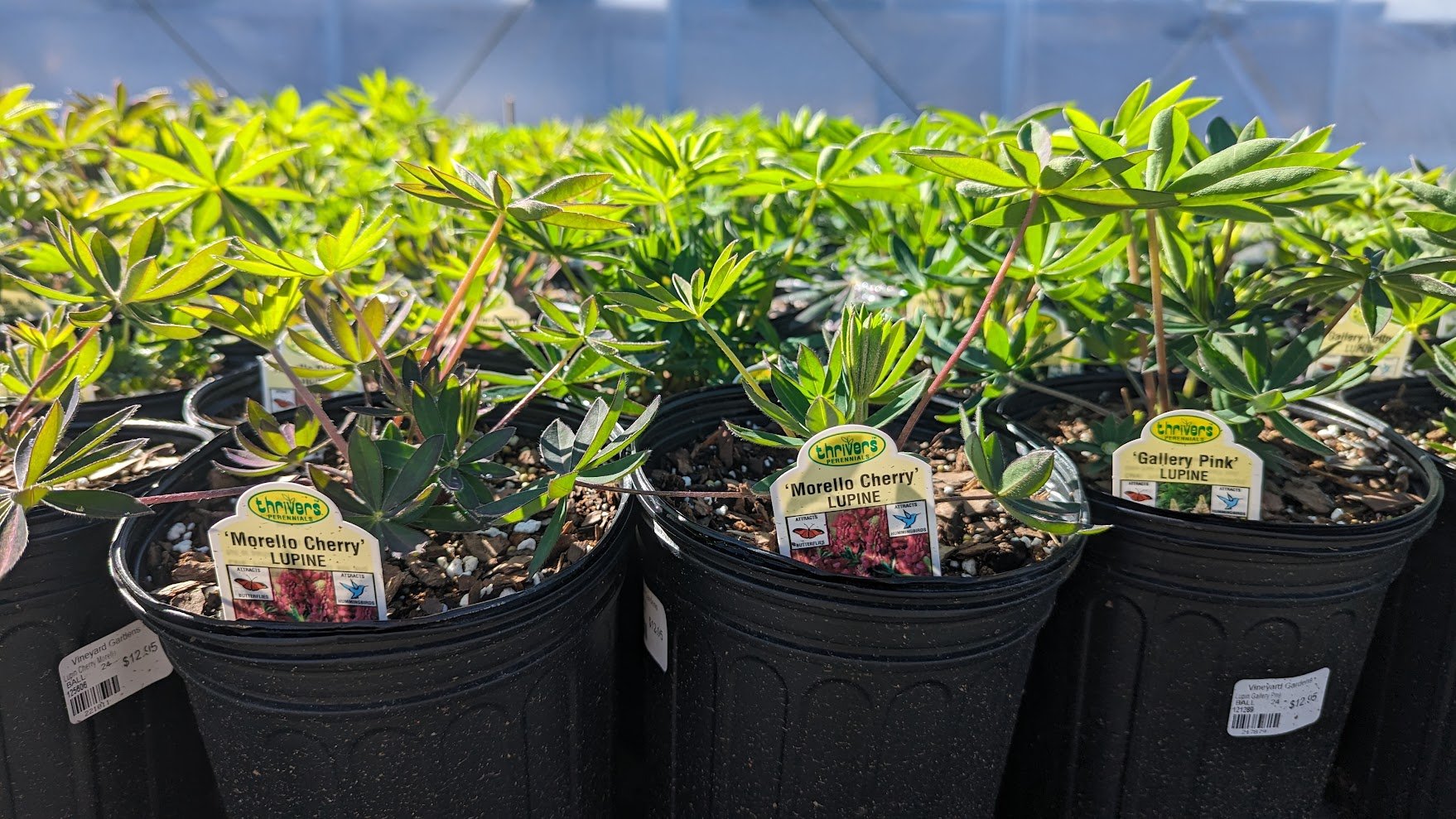
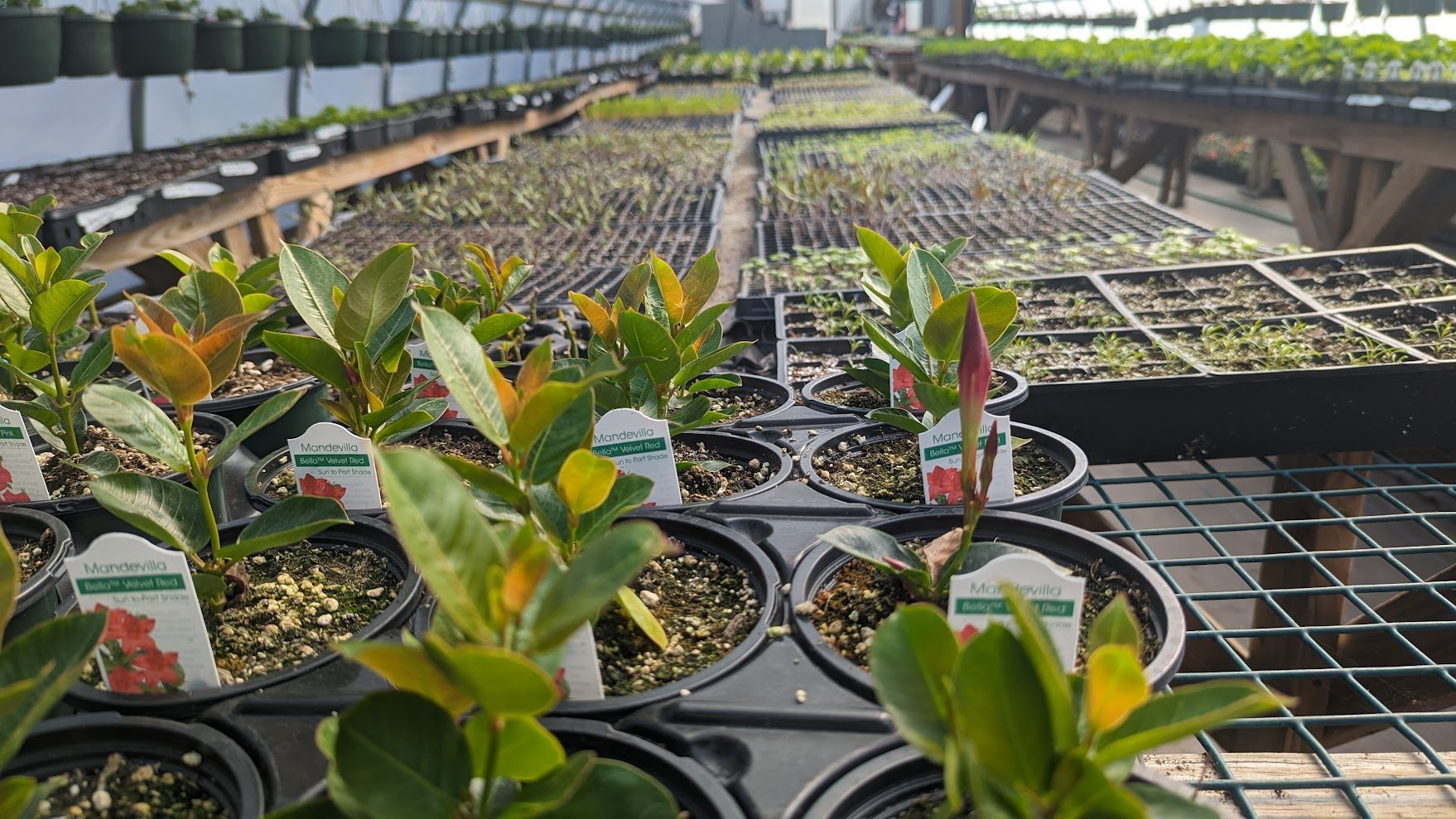



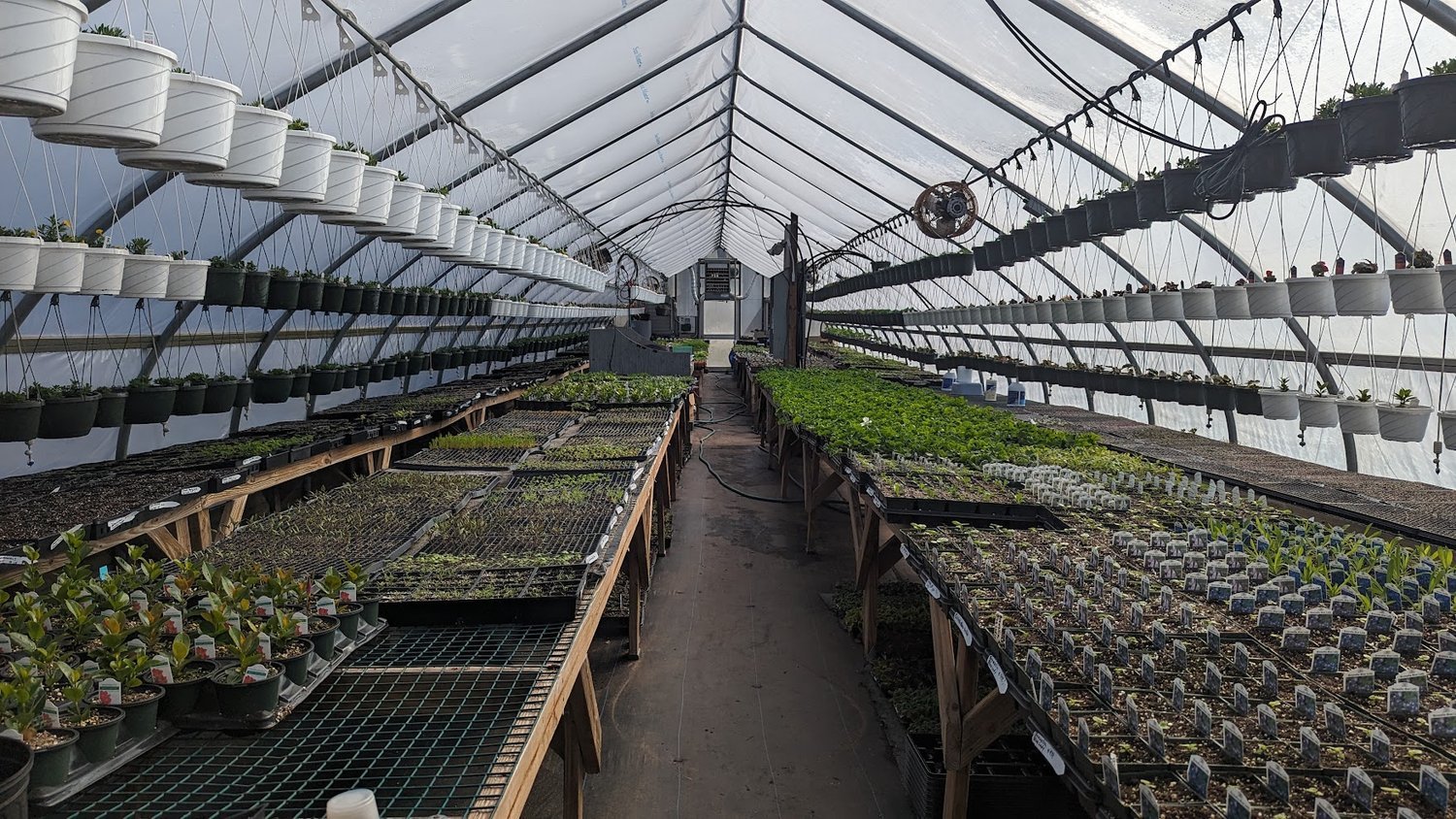
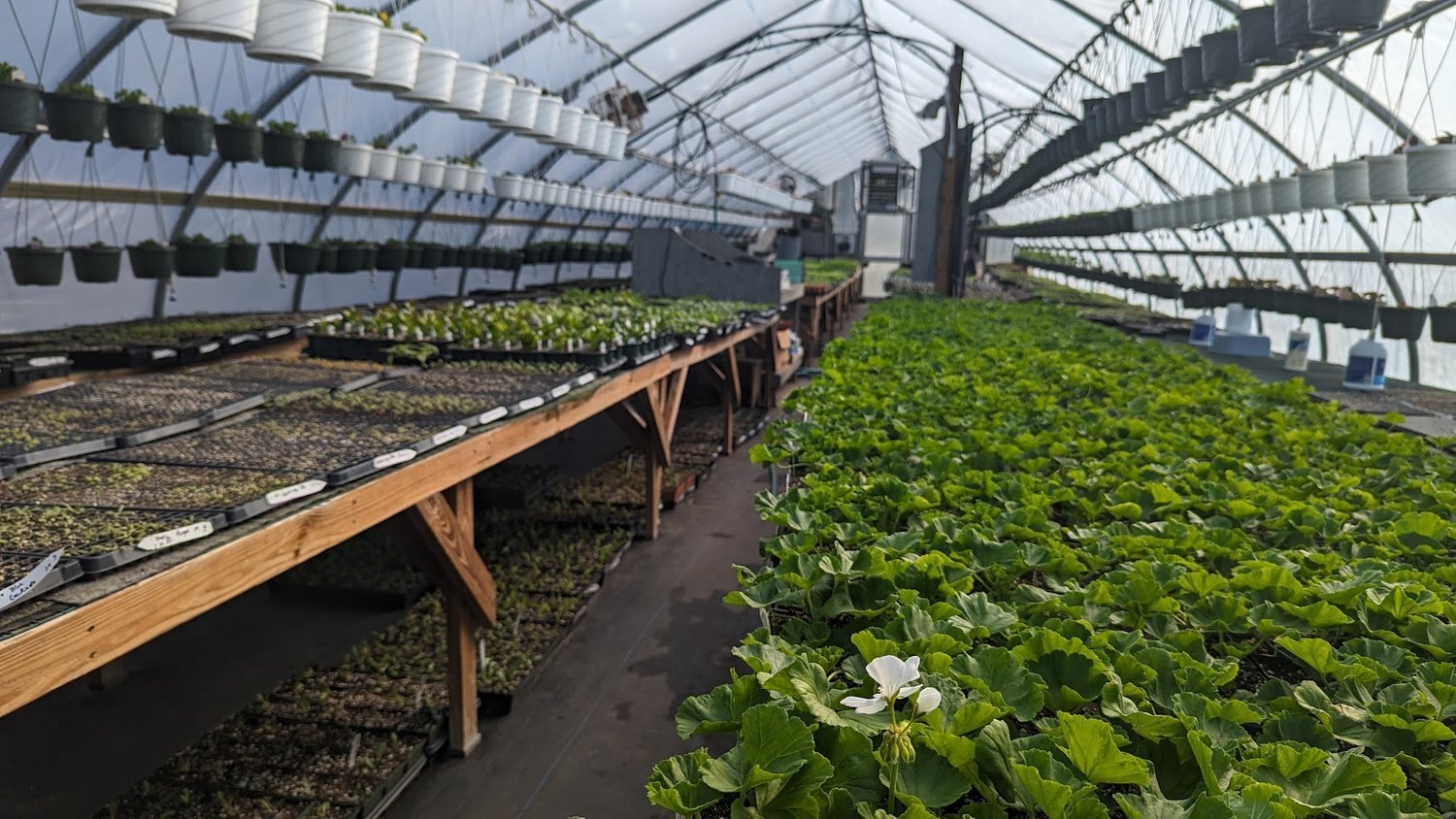
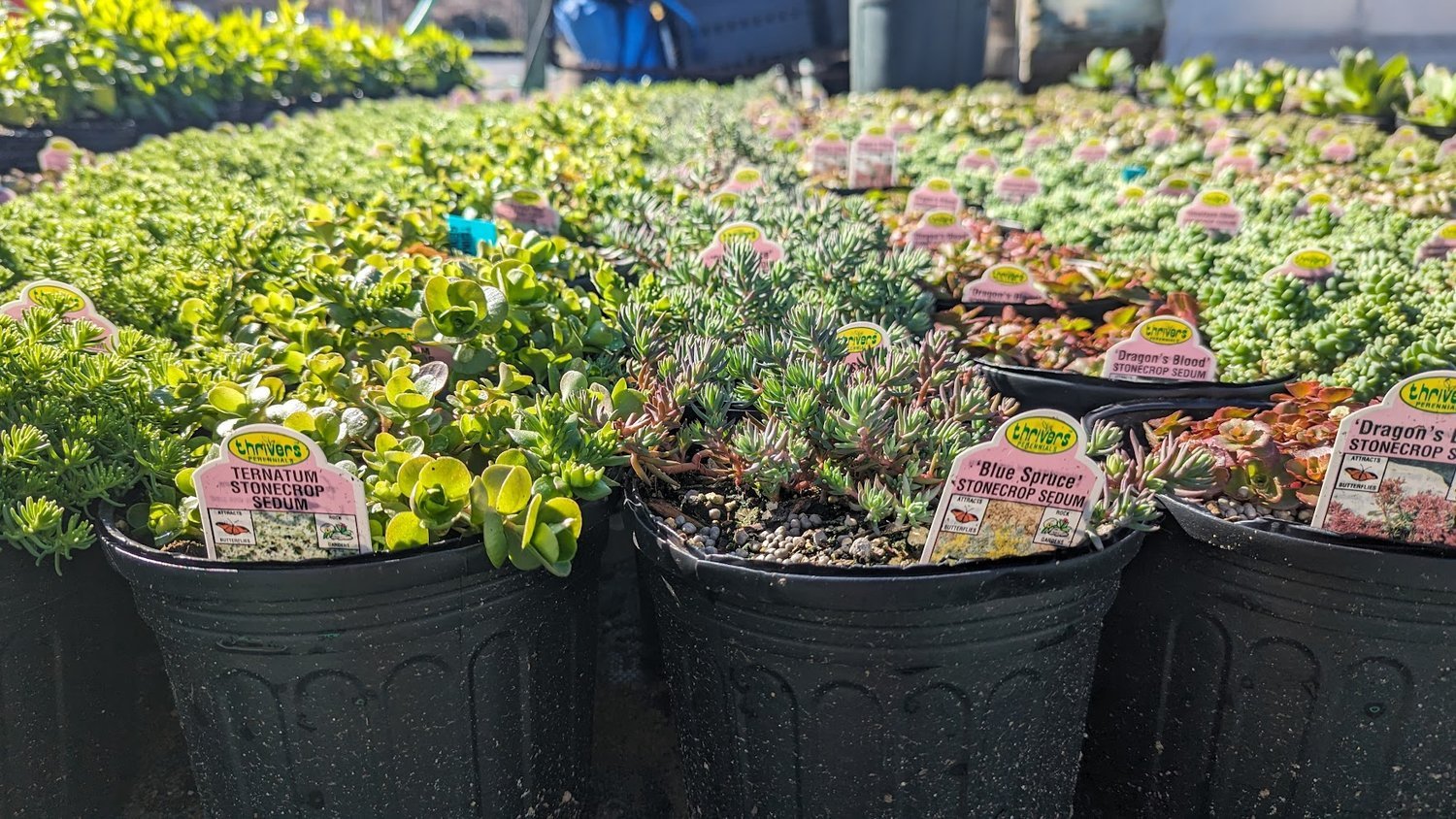
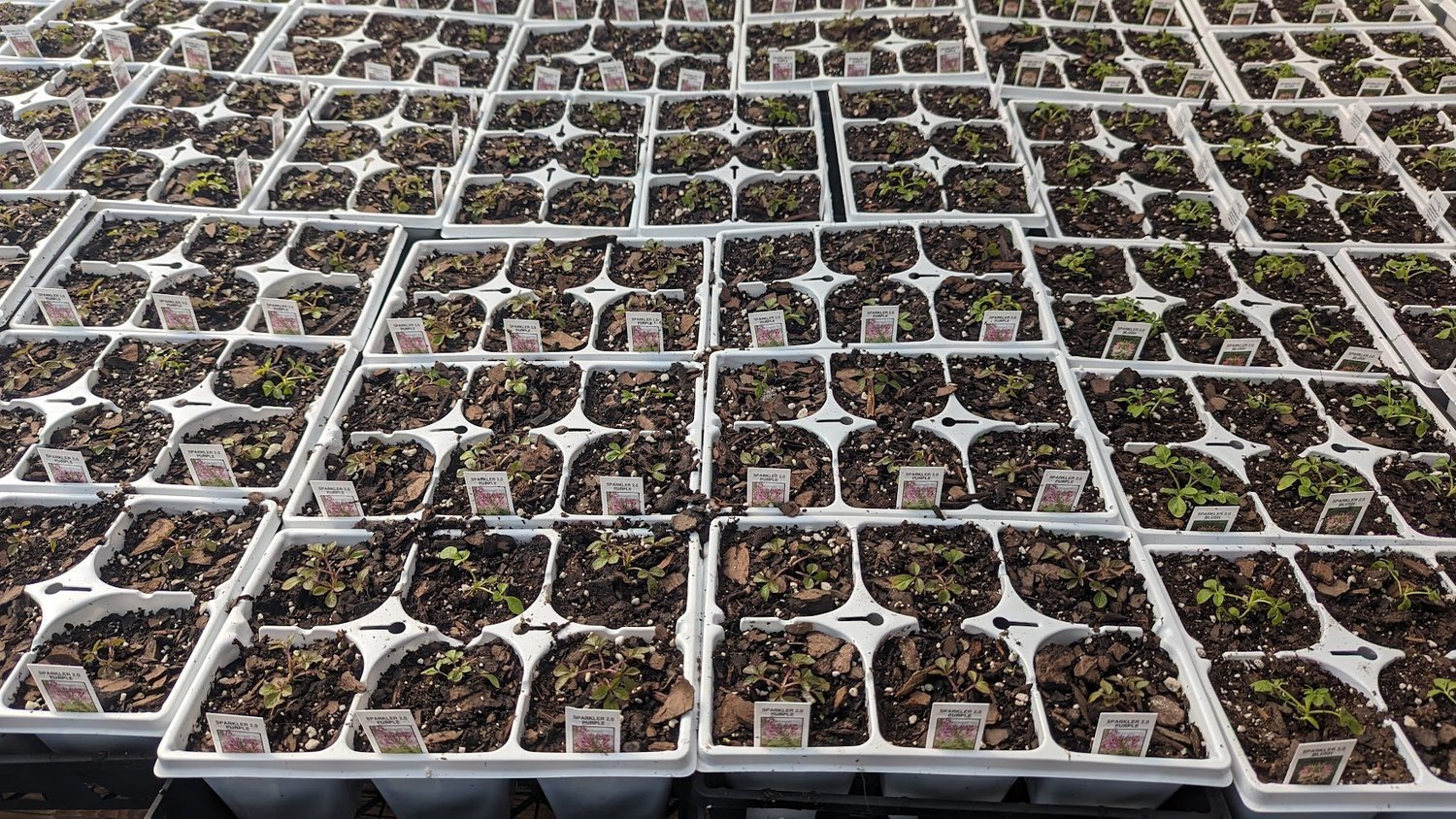

A Passion for Growing, A Love for Edibles
Chris speaks about plant production with the enthusiasm of a proud parent. She can effortlessly discuss the diverse array of plants she cultivates in English, Latin, and Spanish, her excitement making you want to dig in and start growing yourself.
“But our proudest moment is in spring,” she beams, “when we see our amazing display of vegetable packs—seeded and grown right here. This year we have moved to deeper packs for our greens because we know it’s all about an extensive root system determining the vitality of what we get above ground. More and more customers are embracing edible gardening, and we love being part of that journey. We grow a wide variety of greens, including Asian greens like Chinese cabbage, bok choy, and tatsoi. We even seed a Brazilian vegetable called Jilót and sell over 500 of them! We also grow Couve or Brazilian Collards and this year we are growing four different Brazilian peppers including, Buiquino and Bishops Cap which did great last year.” She adds with a smile, “Right now, our cool-weather crops are thriving in the greenhouses.”
Ready to Grow? We’re Here to Help!
With decades of expertise and an ever-growing ambition to cultivate, Vineyard Gardens is ready to support you in your gardening journey. Whether you're looking for seasonal flowers, robust vegetables, or specialty greens, our team is here to help you plant, nurture, and grow with confidence.






